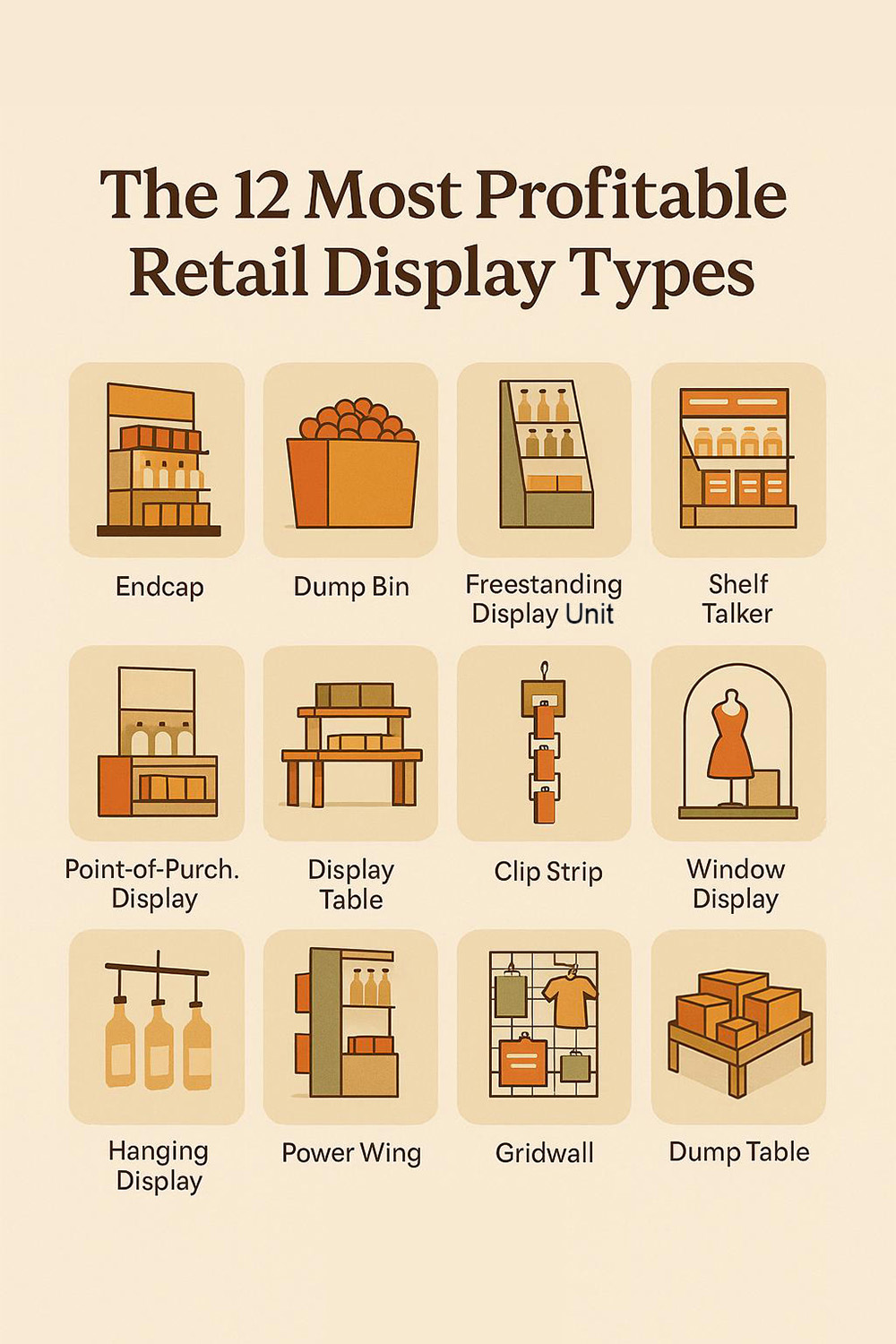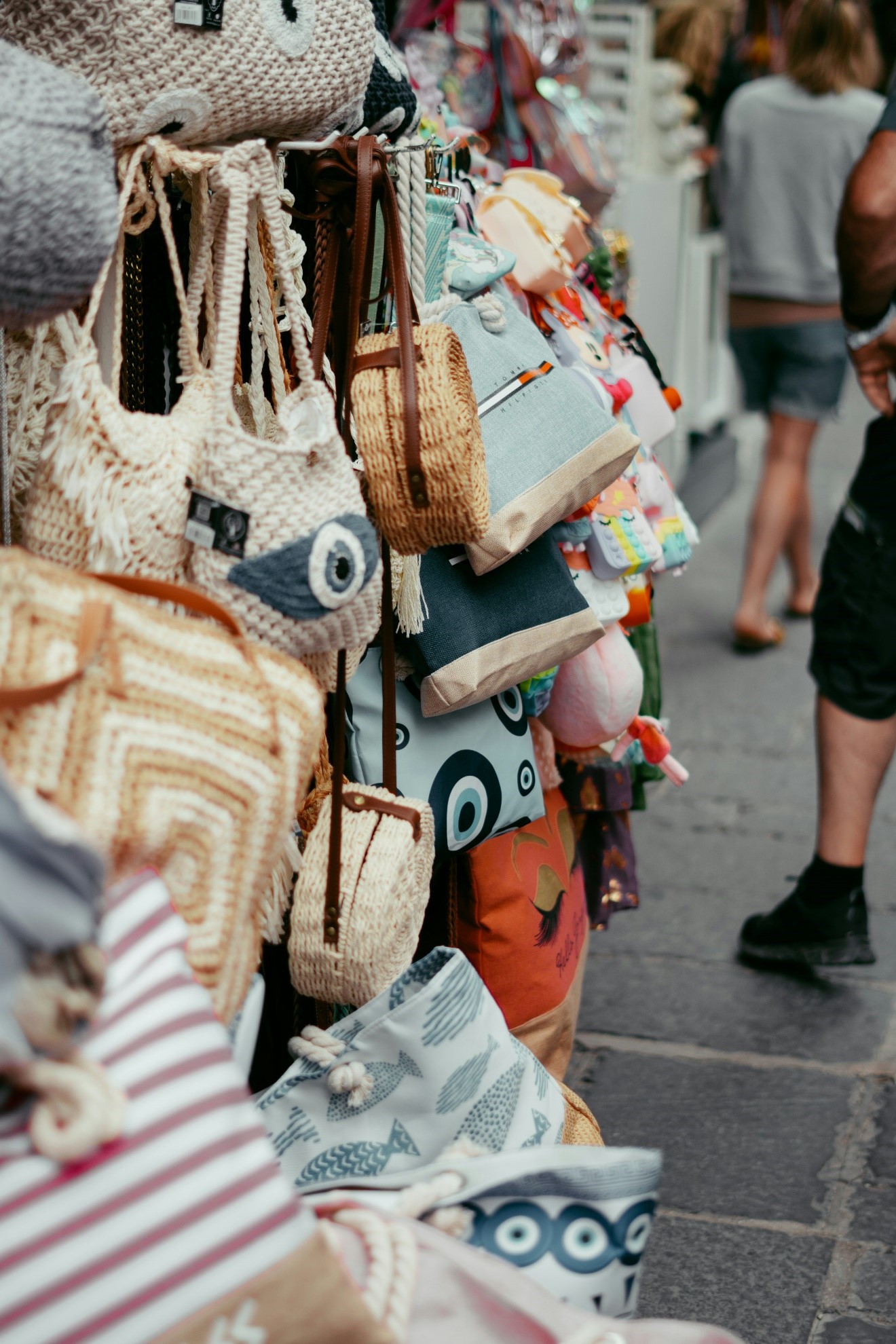
Product placement in stores isn’t just about where items are located, it’s a well-planned strategy that guides how customers shop, what they see first, and what they ultimately decide to buy. When done right, product placement in stores can shape the entire shopping experience. It influences how long a prospective customer stays in your store, how long they may linger, which items catch their attention, and ultimately what they are willing to buy.
No matter what type of retail business you run—whether it’s a small boutique, a high-end retail space, or a specialty shop, your store layout plays a key role in driving sales for your business. With the right setup, you can shine a spotlight on high-margin products, introduce new arrivals in a memorable way, and even boost impulse purchases simply by placing the standout items in the right places.
In addition, smart product placement in stores helps create a smoother and more enjoyable experience for your shoppers. When customers can easily find what they’re looking for, they’re more likely to return. And when your displays feel thoughtful and organized, it builds trust in your brand.
In the following article, we’ll explore how thoughtful product placement in stores combined with effective visual merchandising tools from shopPOPdisplays—can completely transform the way customers engage with your products. Along the way, we’ll share helpful tips, proven strategies, and must-have solutions that can make a noticeable difference in your store’s performance. With the right tools and a little planning, you can create a retail space that looks great, sells more, and keeps your return on investment steadily growing.
Continue reading Product Placement in Stores: Layout Your Store for Maximum Sales




